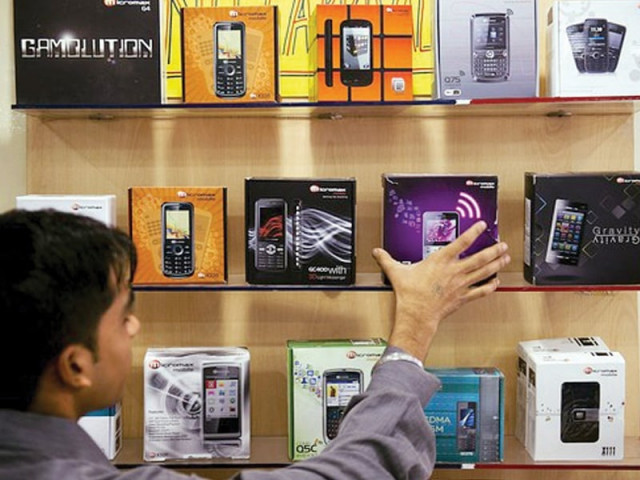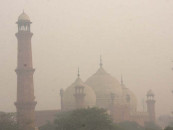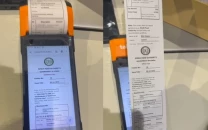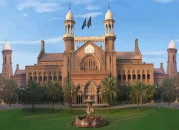‘Pakistani electronics market to grow to $3.3 billion by 2016’
Research firm says rising middle class incomes to lead to stellar growth.

‘Pakistani electronics market to grow to $3.3 billion by 2016’
The consumer electronics market, defined as including computing devices, mobile handsets and audio/visual products such as television sets, is projected to be worth about $2 billion in 2012. This is expected to increase to US$3.3bn by 2016, driven by a rising population and growing affordability.
In 2011, spending on mobile handset imports continued to grow strongly, but demand for high-cost consumer durables such as television sets were affected by inflation and rising interest rates. A weak economy means that market development will depend on action to reduce the inflow of illegally imported television sets and fake brand mobile handsets.
However, BMI expects that growth will be driven by improved information technology infrastructure and more credit availability. The market’s considerable potential is currently depressed by a large grey market, poor intellectual property rights protection, an unstable economic and security situation, and weak distribution channels. Reforming high national and provincial taxes and tariffs on products ranging from computers to prepaid mobile cards would boost the market.
Computers accounted for about 17% of Pakistan’s consumer electronics spending in 2011. BMI forecasts Pakistan’s domestic market computer hardware sales (including notebooks and accessories) of $334 million in 2012, up 7.1% from $312 million in 2011. The research firm forecasts that this segment of the market will grow by an average of about 8% between 2012 and 2016.
The abolition in the 2011 budget of the general sales tax (GST) on imported computers should boost the market. However, the government denied plans to introduce a ban on imports of used computers and accessories.
The audio/visual devices segment accounted for about 36% of Pakistan’s consumer electronics spending in 2011. Pakistan’s domestic AV device market is projected at $724mn in 2012 and is expected to grow at an average annual rate of about 13% between 2012 and 2016 to a value of almost $1.2 billion in 2016. Television sets remain the core product in this category, but the growing availability of smuggled colour television sets is seen as a market inhibitor.
Meanwhile, mobile handset sales are expected to grow at a compound annualised growth rate of 13% to 32 million units in 2016, as mobile subscriber penetration reaches 77%.
Revenues growth is expected to be slower due to lower average selling prices of mobile handsets, with most handsets sold at less than $50. Low-cost Chinese handsets have made substantial market inroads, but established brands hope to take back some market share, following the government’s ban on imports of mobile handsets without IMEI numbers.
The awarding of 3G licences, expected later this year, is also expected to boost the high-end segment of the mobile handset market.
Published in The Express Tribune, January 19th, 2012.



















COMMENTS
Comments are moderated and generally will be posted if they are on-topic and not abusive.
For more information, please see our Comments FAQ